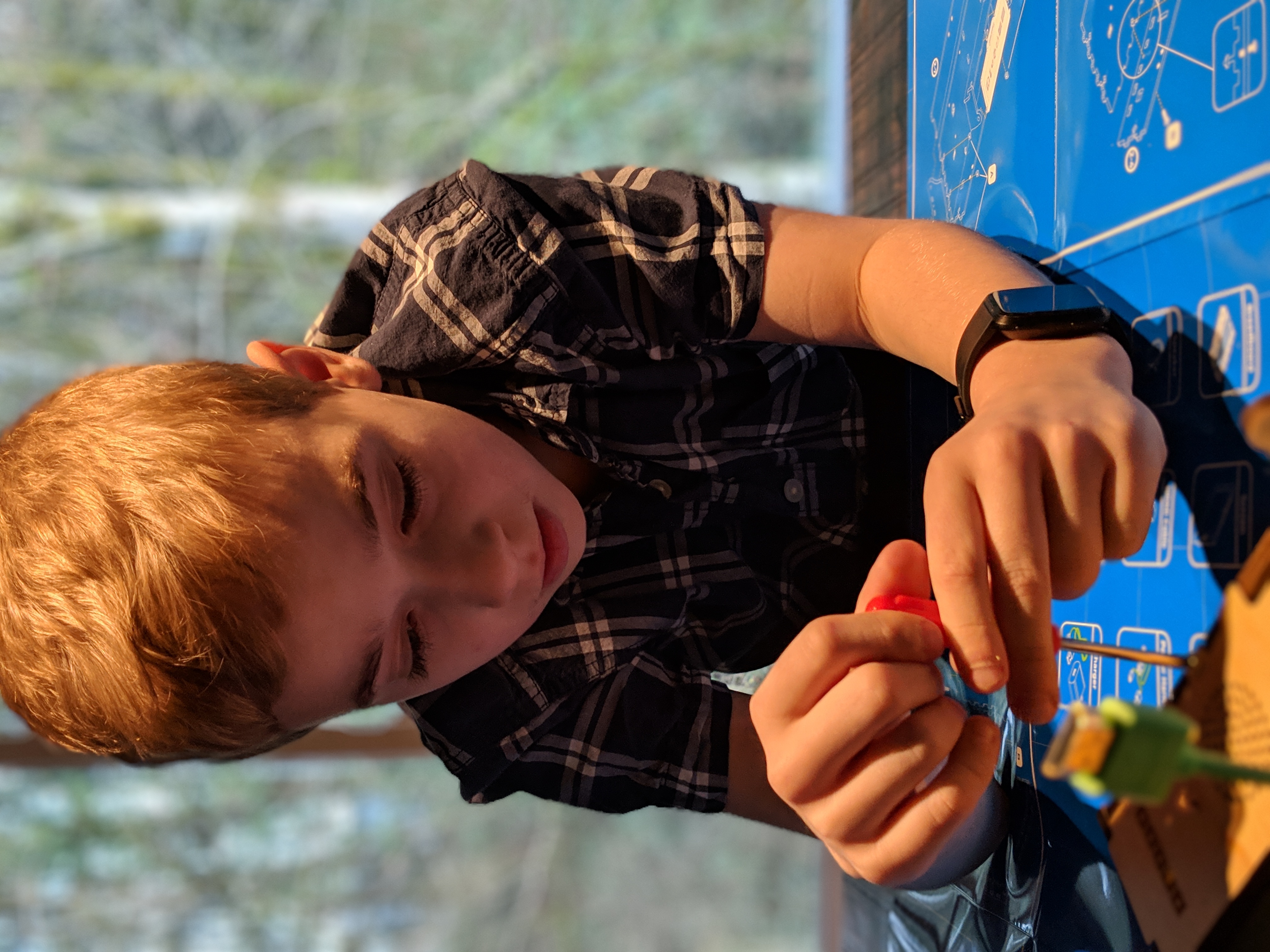Looking for some new learning material to engage your kids with, but maybe don’t know where to start?
Well, here’s a fresh idea for you – teach them neuroscience.
Wait, what? Isn’t brain science really hard, scary and difficult? Don’t I have to be a Brainiac?
Take a breath friends, it’s actually a lot of fun, and we promise to make it easy for you busy caregivers.
Actually, we’ve even found that this is fun. Parents enjoy learning about our brains too – it’s a unique way to help families connect.
Once more, you can learn this all by doing fun experiments with your kids – at home right now. No, you don’t need to read a ton or memorize things – you get to just have fun.
But first, just why should kids learn about their brains?
We asked Dr. Eric Chudler, Executive Director of the Center for Neurotechnology, for his expert opinion on this.
Based on our discussion, here are five key reasons we should teach kids brain science:
- Great Introduction to Science – our kids can easily learn the process of science and experiments – as we can easily test on ourselves and others. No beakers or lab coats required!
- Understanding Ourselves – De-mystifying how our brains work can help us understand the immediate world around us, how we react, and how to support positive health.
- Understanding Others – Statistically speaking, it’s likely we will all known someone with a brain injury or mental struggle in our lives – the more we understand, the better we can help.
- Promotes Literacy – Most of what we read in newspapers, magazines and online talks about perception and sensory issues. The more context we can give our kids here, the better they can analyze and build their own critical thinking skills.
- Decision Making – Our modern courtrooms are already filled with evidence from neuroscience. Many legal teams use brain imaging to bolster their case.
Okay, if this all makes sense to you – want to know how you can easily do this?
Dr. Chudler shares that the best way to learn neuroscience is by doing – “we are all walking, talking labs.” One of the best ways we learn is by performing the real process of science. This approach is especially useful for kids who are hands-on or visual learners. They will especially welcome this approach.
The good news is that you don’t have to make this up either. One great way to start is to make use of the resources at Neuroscience for Kids. Their email newsletter and website have practical, fun and easy experiments you can do with your kids, right now.
Doing experiments with your kids gets you all engaged in learning. Once more, many of these experiments are a break from the online-only environments we spend so much of our days in. Phew!
You may just surprise yourself and find that teaching your kids brain science may be the most fun you have this week!
You can see our full interview with Dr. Chudler here. We’d love to here how it works out for you!


